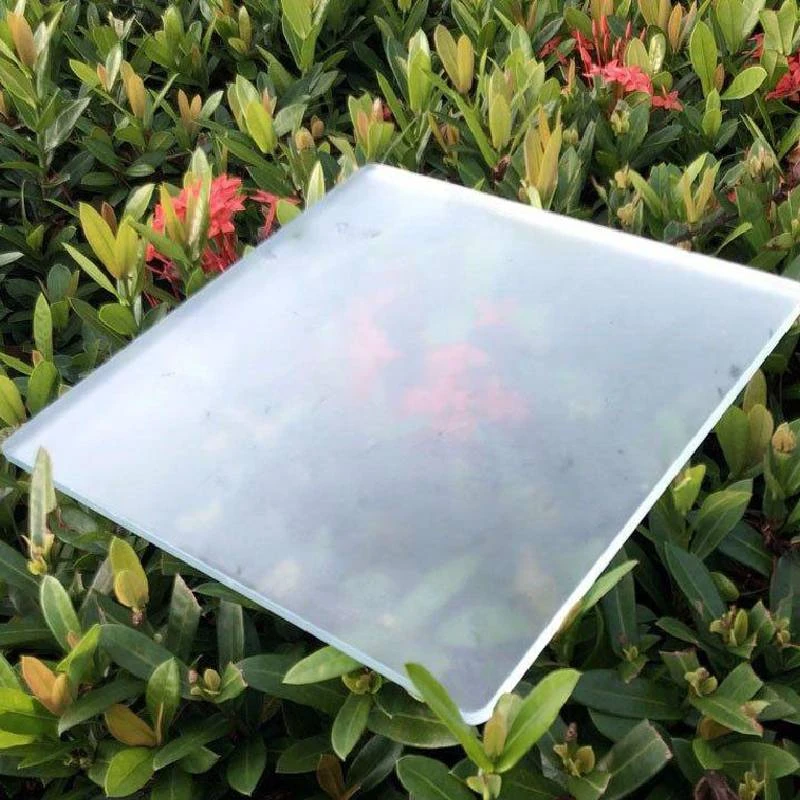Float glass, a pivotal innovation in the world of architectural design and manufacturing, offers a variety of types catering to diverse needs. This robust, clear, and uniformly thick glass epitomizes the blend of tradition and technology. It is manufactured by floating molten glass on a bed of molten tin, which creates a perfect balance of smoothness and clarity across its surface. Navigating through the different types of float glass unveils a realm of possibilities for construction and design industries, each possessing unique attributes tailored for specific applications.

Clear float glass is perhaps the most ubiquitous type, celebrated for its versatility and simplicity. This glass type serves as the foundation for many architectural and decorative glass applications. It allows optimal light transmission, making it suitable for windows, doors, and facades. Its clarity and transparency also make it an ideal canvas for further processing, such as tinting and mirroring, transforming it into a multi-utility product that can meet both aesthetic and functional requirements.
Tinted float glass, infused with colorants during its production, provides aesthetic enhancement and functional benefits. By reducing glare and controlling the ingress of solar radiation, this glass variant contributes to interior comfort and energy efficiency. Depending on the level of tint, it can absorb up to forty to fifty percent of solar energy, making it a preferred choice for projects where temperature regulation and aesthetic cohesion are crucial. Architects and designers leverage its subtle color variations to create visually striking buildings that reflect the personality of a structure.

Reflective float glass takes functionality a step further by incorporating a metallic coating on one side of the glass. This feature reflects a significant portion of sunlight, minimizing heat gain during sunny days while maintaining interior illumination through natural light. The reflective glass is highly regarded for its ability to enhance privacy by reducing visibility from the outside, while simultaneously giving a modern, sleek look to contemporary buildings. Its use is prevalent in high-rise structures and commercial edifices aiming to reduce HVAC costs and bolster environmental sustainability goals.
types of float glass
Laminated float glass underscores safety and security. This version consists of two or more sheets of glass bonded together with layers of plastic, usually polyvinyl butyral (PVB). Its design ensures that, upon impact, the glass adheres to the interlayer, minimizing the risk of injury from sharp shards. Laminated glass is widely used in applications where safety is paramount, such as automotive windshields, skylights, and sound insulation barriers. Its safety benefits are complemented with sound reduction qualities, making it invaluable in noise-sensitive environments.
Lastly, low-emissivity (Low-E) float glass represents an evolution in energy-efficient building materials. Coated with microscopically thin, transparent layers of silver or other metal oxide, Low-E glass reflects thermal radiation while allowing visible light in. This capability significantly reduces energy costs by retaining heat inside buildings during colder months and reflecting the sun’s heat rays during warmer periods. Its integration in architectural design is seen as an embodiment of innovation, offering eco-friendly solutions without compromising on aesthetic qualities.
Each type of float glass presents a unique blend of performance characteristics tailored for specific needs, underscoring the importance of selecting the appropriate glass type to suit the demands of any project. Combining technical expertise with strategic product selection ensures that float glass continues to play an indispensable role in modern architecture and manufacturing. From energy efficiency to enhanced aesthetics and safety, the varied applications of float glass underscore its paramount importance in the pursuit of sustainable and innovative building solutions.
 Afrikaans
Afrikaans  Albanian
Albanian  Amharic
Amharic  Arabic
Arabic  Armenian
Armenian  Azerbaijani
Azerbaijani  Basque
Basque  Belarusian
Belarusian  Bengali
Bengali  Bosnian
Bosnian  Bulgarian
Bulgarian  Catalan
Catalan  Cebuano
Cebuano  Corsican
Corsican  Croatian
Croatian  Czech
Czech  Danish
Danish  Dutch
Dutch  English
English  Esperanto
Esperanto  Estonian
Estonian  Finnish
Finnish  French
French  Frisian
Frisian  Galician
Galician  Georgian
Georgian  German
German  Greek
Greek  Gujarati
Gujarati  Haitian Creole
Haitian Creole  hausa
hausa  hawaiian
hawaiian  Hebrew
Hebrew  Hindi
Hindi  Miao
Miao  Hungarian
Hungarian  Icelandic
Icelandic  igbo
igbo  Indonesian
Indonesian  irish
irish  Italian
Italian  Japanese
Japanese  Javanese
Javanese  Kannada
Kannada  kazakh
kazakh  Khmer
Khmer  Rwandese
Rwandese  Korean
Korean  Kurdish
Kurdish  Kyrgyz
Kyrgyz  Lao
Lao  Latin
Latin  Latvian
Latvian  Lithuanian
Lithuanian  Luxembourgish
Luxembourgish  Macedonian
Macedonian  Malgashi
Malgashi  Malay
Malay  Malayalam
Malayalam  Maltese
Maltese  Maori
Maori  Marathi
Marathi  Mongolian
Mongolian  Myanmar
Myanmar  Nepali
Nepali  Norwegian
Norwegian  Norwegian
Norwegian  Occitan
Occitan  Pashto
Pashto  Persian
Persian  Polish
Polish  Portuguese
Portuguese  Punjabi
Punjabi  Romanian
Romanian  Russian
Russian  Samoan
Samoan  Scottish Gaelic
Scottish Gaelic  Serbian
Serbian  Sesotho
Sesotho  Shona
Shona  Sindhi
Sindhi  Sinhala
Sinhala  Slovak
Slovak  Slovenian
Slovenian  Somali
Somali  Spanish
Spanish  Sundanese
Sundanese  Swahili
Swahili  Swedish
Swedish  Tagalog
Tagalog  Tajik
Tajik  Tamil
Tamil  Tatar
Tatar  Telugu
Telugu  Thai
Thai  Turkish
Turkish  Turkmen
Turkmen  Ukrainian
Ukrainian  Urdu
Urdu  Uighur
Uighur  Uzbek
Uzbek  Vietnamese
Vietnamese  Welsh
Welsh  Bantu
Bantu  Yiddish
Yiddish  Yoruba
Yoruba  Zulu
Zulu 


